John Lee Curtis Williamson
b. March 30th, 1914 in Jackson (Tennessee)
d. June 1st, 1948 in Chicago (Illinois)
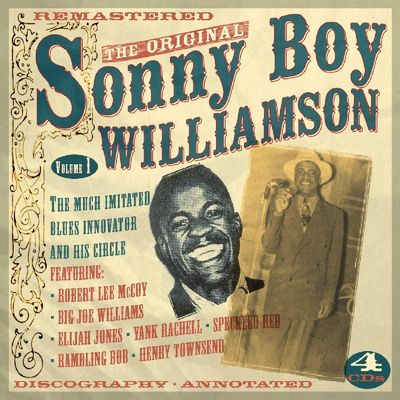
THE ORIGINAL SONNY BOY WILLIAMSON
JSP
May 1937 - July 1939
Fils de Ray Williamson et Nancy Utley, il semble avoir rencontré les harmonicistes Noah Lewis et Hammie Nixon. John Lee Williamson s'associe un temps avec Yank Rachell. Il s'installe à Chicago en 1934 et prend le surnom de "Sonny Boy" Williamson (qu'il ne faut donc pas confondre avec un autre "Sonny Boy" Williamson alias Aleck Miller). Il commence à enregistrer pour Bluebird (une marque de RCA - Victor) en mai 1937 en compagnie de Big Joe Williams, Robert Lee Mac Coy (Robert Nighthawk), Walter Davis, Henry Townsend construisant avec eux le Chicago Blues orchestral dont il devient un des piliers. Sous la supervision du producteur Lester Melrose (que Walter Davis lui a présenté), John Lee "Sonny Boy" Williamson grave son premier succès, le fameux "Good morning little schoolgirl" qui sera repris par tous les harmonicistes de Blues et au-delà. Il a été le premier à insérer l'harmonica dans un orchestre électrique de Blues. Son influence s'étend sur la plupart des souffleurs en particulier Little Walter, Snooky Pryor et Billy Boy Arnold. Hormis ce premier succès, il grave de superbes réussites telles que "Black gal blues", "Frigidaire blues", "Suzanna blues", "Decoration blues" (avec la mandoline de Yank Rachell).
Son of Ray Williamson and Nancy Utley, he seems to have met harmonica players Noah Lewis and Hammie Nixon. John Lee Williamson for a time associated with Yank Rachell. He moved to Chicago in 1934 and took the nickname "Sonny Boy" Williamson (which should not be confused with another "Sonny Boy" Williamson aka Aleck Miller). He starts to record for Bluebird (an RCA - Victor imprint) in may 1937 with Big Joe Williams, Robert Lee Mac Coy (Robert Nighthawk), Walter Davis, Henry Townsend building with them the orchestral Chicago Blues of which he became one of the mainstays. Under the supervision of producer Lester Melrose (whom Walter Davis introduced to him), John Lee "Sonny Boy" Williamson records his first success, the famous "Good morning little schoolgirl" which will be covered by all Blues harmonica players and beyond. He was the first to insert the harmonica into an electric Blues orchestra. His influence spanned most of the blowers especially Little Walter, Snooky Pryor and Billy Boy Arnold. Apart from this first success, he cuts superb hits such as "Black gal blues", "Frigidaire blues", "Suzanna blues", "Decoration blues" (with Yank Rachell's mandolin).
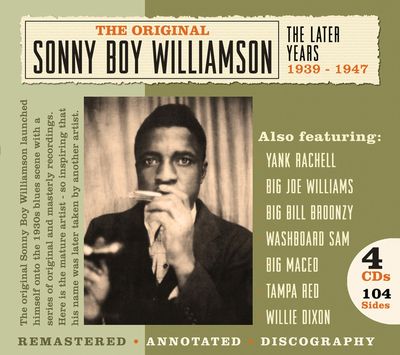
THE LATER YEARS
JSP
July 1939 - November 1947
John Lee "Sonny Boy" Williamson continue sa fructueuse carrière chez Bluebird avec l'appui de nombreux autres bluesmen qui jouent derrière lui : Walter Davis, Big Bill Broonzy, Joshua Altheimer, Blind John Davis. A cette époque, il délivre "I been dealing with the devil", "Jivin' the blues", "Sloppy drunk blues", "Black panther blues". Après le Petrillo's ban (grève décidée par le syndicat des musiciens), il reprend son activité discographique chez RCA - Victor avec le même succès, le même talent et enchaine les pépites : "Check up on my baby", "Sonny Boy's jump", "Stop breaking down", "Shake the boogie", "No friend blues", "Rub a dub" et "Better cut that out". Malheureusement sa carrière s'arrête brutalement. En juin 1948, il est assassiné - probablement par un mari jaloux - au retour d'un concert.
John Lee "Sonny Boy" Williamson continues his successful career at Bluebird with the support of many other bluesmen playing behind him : Walter Davis, Big Bill Broonzy, Joshua Altheimer, Blind John Davis. At that time, he delivered "I been dealing with the devil", "Jivin' the blues", "Sloppy drunk blues", "Black panther blues". After the Petrillo's ban (strike decided by the musicians' union), he resumed his recording activity at RCA - Victor with the same success, the same talent and chained gems : "Check up on my baby", "Sonny Boy's jump", "Stop breaking down", "Shake the boogie", "No friend blues", "Rub a dub" and "Better cut that out". Unfortunately his career ends brutally. In june 1948, he was assassinated - probably by a jealous husband - while returning from a concert.
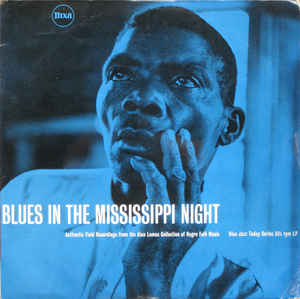
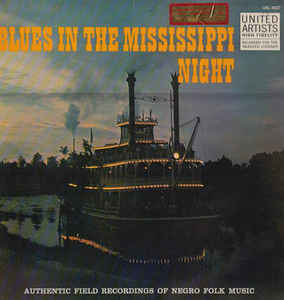
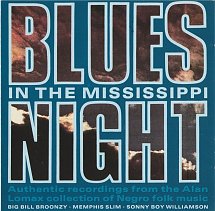
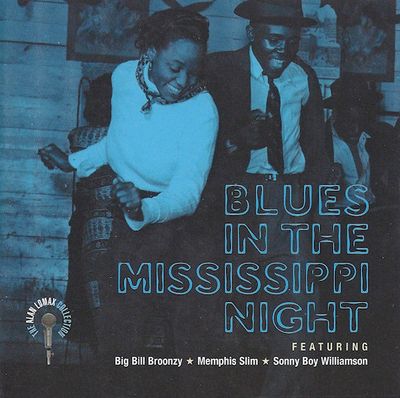
BLUES IN THE MISSISSIPPI NIGHT
Nixa
Rykodisc
Sequel
Rounder
March 1947
Le folkloriste Alan Lomax enregistre en 1947 Memphis Slim, Big Bill Broonzy et "Sonny Boy" Williamson dans les studios Decca pour le documentaire "The art of the negro" (qui deviendra "Blues in the Mississippi night"). Il s'agit d'un recueil de chansons, de conversations, de souvenirs des trois bluesmen qui prennent visiblement plaisir à jouer ensemble, improvisant même parfois. Ce programme intéressant a connu plusieurs éditions sensiblement différentes. John Lee joue en particulier un superbe "I could hear my name a ringin'" accompagné de Memphis Slim.
Folklorist Alan Lomax recorded Memphis Slim, Big Bill Broonzy and "Sonny Boy" Williamson in 1947 at Decca studios for the documentary "The art of the negro" (which will become "Blues in the Mississippi night"). It is a collection of songs, conversations, memories of the three bluesmen who visibly enjoy playing together, sometimes even improvising. This interesting program has gone through several significantly different editions. John Lee plays in particular the superb "I could hear my name a ringin'" accompanied by Memphis Slim.